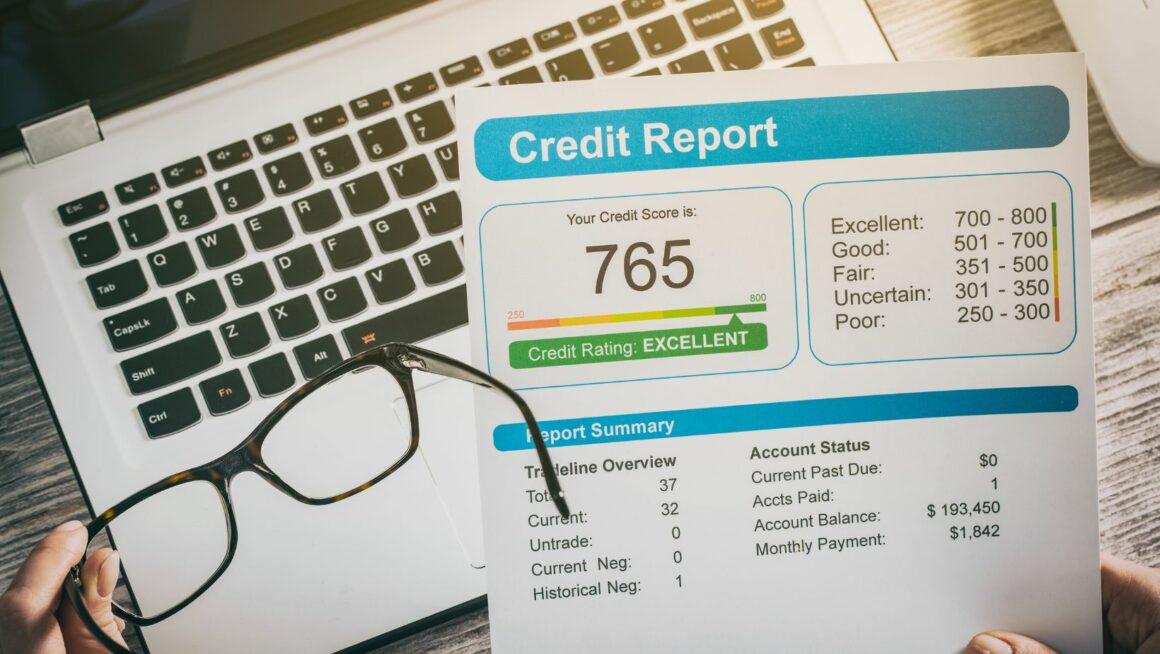Your car keeps breaking down. The same problem comes back. You just want out. The big question many drivers ask is simple: can you trade in a lemon car and move on without more pain? Yes, you can, but there are better and worse ways to do it. This guide shows smart paths that protect your wallet, your credit, and your rights.
You will learn how trade-ins work for problem cars, when a buyback may beat a trade, and how to talk to the dealer with confidence. You will also see simple examples, a comparison table, and a step-by-step plan you can follow today.
Know Your Rights Before a Trade-In
Before you trade, learn the rules. If your car has repeated defects, you may have rights under lemon laws, federal warranty law, or your written warranty. Understanding these basics helps you pick the best exit. If you need help checking your records and options, Lemon My Vehicle can review your repair orders and point you to the right path.
What Counts as a Lemon or Defective Vehicle
- A defect that affects use, value, or safety and keeps coming back after reasonable repair attempts.
- A car that has been in the shop for many days for warranty repairs within the warranty period.
- A serious safety defect that shows up again after one or two tries.
Warranty and Law Basics in Plain Words
- State lemon laws cover early ownership when repeated fixes fail within a set time or mileage.
- Federal warranty law helps when a warrantor does not repair within a reasonable number of tries.
- Written warranties and service contracts may add extra protections you can still use.
Can You Trade In a Lemon Car? Yes, but Choose Wisely
Dealers can and do take problem cars on trade. They lower the offer to cover risk. Sometimes this is fine. Other times, a manufacturer buyback or a cash settlement pays more. Your goal is to compare all options, then choose the one that leaves you strongest. If your plan is a trade, use the steps in this guide to lift your number
When a Dealer Will Accept a Defective Vehicle
- The dealer sees a fixed path that lowers their risk.
- The market for your model is strong, and parts are available.
- Your records are clear, and the defect is not a branded title issue.
Disclosure and Why Honesty Pays
Tell the dealer about the defect and give the records. Hiding problems can backfire.
Most states expect fair disclosure on material issues. Clear files build trust and value.
A clean paper trail helps the used car manager price risk and still make an offer.
Compare Your Exit Options for a Lemon
Big decisions are easier with a clear view. Use this section to stack your choices side by side. In the first three H2 sections, you have seen how trade-ins work and how Lemon My Vehicle can support your review so you can act with confidence.
Trade-In vs Buyback vs Replacement
- Trade-in: Fast and simple. You swap into another car. You may carry negative equity if you owe more than the offer.
- Manufacturer buyback: Slower but often pays more. You get a refund minus a small usage deduction for miles before the first repair.
- Replacement vehicle: You get the same model or a similar one. You pay or receive the difference based on trim or year.
- Cash-and-keep: You keep the car and get money for the lost value and hassle. Works if you like the car, otherwise.
Simple Comparison Table for Your Choice
| Option | Speed | Money outcome | Risk | Credit impact | Paperwork effort |
| Trade-in at the dealer | Fast | Lower than private sale or buyback in many cases | Dealer takes repair risk | A new loan may include the old balance | Low |
| Manufacturer buyback | Moderate | Often higher net refund with usage deduction | Low once approved | Loan paid off, then you choose the next car | Medium |
| Replacement vehicle | Moderate | Fair value swap if the model demand is strong | Low once approved | New loan or even exchange | Medium |
| Cash-and-keep | Moderate | Cash offset for reduced value | You keep repairing risk | No change unless you refinance later | Low |
| Private sale as-is | Variable | The highest price is only if the defect is minor and disclosed | High legal and ethical risk if not disclosed | None unless the loan is due | High |
How to Maximise Trade-In Value on a Defective Car
Your records and your timing can add real dollars. A strong presentation shows the car has a clear path to healthy use, even if you had a tough run.
Documentation That Lifts Your Number
- Keep every repair order with the complaint, diagnosis, and parts listed.
- Bring photos and short videos that show the symptom and that it is now less frequent or under control.
- Include warranty pages and any technical service bulletins applied.
Repair Before Appraisal or Not
- Cheap fixes with clear wins are worth it. Examples include sensors, small leaks, or updated modules.
- Skip costly guesses. If a repair is expensive, do not sink money right before a trade.
- Ask the service desk for the latest bulletin. A quick update may turn a no into a yes.
Timing and Model Demand
- Trade when your model has high demand. The end of the month or quarter can help if the dealer needs units.
- Avoid trading right after a big breakdown tow-in. Bring the car after a solid drive cycle.
Step-by-Step Plan to Trade In a Lemon
Follow this playbook to get a fair offer and keep control of the deal.
Before the Appraisal
- Get two or three offers. Use online instant offers plus a local franchise dealer.
- Gather records in a single folder. Lead with a one-page timeline of repair attempts and days in the shop.
- Check payoff and any negative equity. Know your number before talks start.
At the Dealership
- Start with the out-the-door price on the next car. Then discuss trade value.
- Share your one-page summary and the top three repair orders that show the pattern.
- Ask for a line-item offer that separates price, trade, fees, and any add-ons.
After the Offer
- If the number is low, ask for a re-appraisal by the used car manager with your tech notes and bulletins.
- Use the best outside offer as leverage. Be polite and firm.
- If you accept, match every number on the buyer’s order to your agreement.
Financing, Negative Equity, and Payoff Math
A trade can hide old debt inside a new loan. Keep it clean, or you may feel stuck again.
When You Are Underwater on the Loan
- If you owe more than the offer, decide how to handle the gap. Cash is best if you can do it.
- If you roll the balance into the new loan, aim for a cheaper car or a shorter term to control costs.
- Consider a lease only if the payment fits your budget and you understand mileage limits.
Keep Add-Ons Out of the New Deal
- Say no to extras you do not need. Add-ons can erase a fair trade value fast.
- If you want gap coverage, shop around. Your insurer or lender may offer lower prices.
- Always ask for a cash price and a line-item list before you talk about the monthly payment.
Real-World Examples of Trading In a Lemon
Case 1: Transmission Shudder at Low Speed
Tara’s compact SUV shuddered between 10 and 20 mph. Three fixes did not last. She got two online offers and one dealer offer. The dealer upped the number after seeing her clear records and a recent factory update. She traded in and chose a simpler powertrain.
Case 2: Infotainment Freeze and Battery Drain
Devin’s screen froze and drained the battery overnight. The maker offered a cash-and-keep deal. He used the funds and then traded in a month later. The trade value was fair because the car started fine and the updated module was installed.
Case 3: Stalling at Speed
Noah’s sedan stalled twice on the highway. A field engineer found a harness fault, but the stall came back. He chose a manufacturer buyback. The refund minus the mileage deduction beat any trade offer he received. He then bought a different model.
Mistakes to Avoid When You Trade In a Lemon Car
Hiding Known Defects
- Do not hide safety issues. It can kill the deal or cause legal trouble.
- Clear and honest files can still bring a strong offer, since risk is priced in.
Mixing Old Debt Into a Long Loan
- Do not stretch a 72 or 84-month loan to hide negative equity.
- A smaller, reliable car with a shorter term beats a long loan that buries the problem.
Signing Without Line Items
- Never sign a buyer’s order that hides numbers in the payment.
- Match price, trade, taxes, fees, and add-ons line by line.
How Lemon My Vehicle Helps With a Trade-In Decision

Lemon My Vehicle reviews your repair history, builds a clean timeline, and checks where you stand under lemon law and warranty rights. With that, you can compare a trade-in to a buyback or a cash settlement and choose the best outcome. If you want extra support at the dealership, the team can help you prep a one-page summary that lifts your trade value.
Private Sale vs Trade-In for a Defective Vehicle
Some owners consider selling the car themselves. That can bring more money, but it also brings risk.
What to Weigh Before a Private Sale
- You must disclose known defects. Buyers will ask for service records.
- Your loan must be paid off or handled cleanly at a bank or credit union.
- You will handle test drives, inspections, and title work on your own.
When a Trade-In Is the Safer Path
- You need speed and certainty today.
- Your defect is serious, and the market is soft.
- You want the dealer to manage the payoff and paperwork for you.
What If the Defect Meets Lemon Law Thresholds
If you already meet lemon law rules, you may get a better outcome than a trade. Use your records to check your status.
Signs You May Qualify for Buyback or Replacement
- Three or four attempts for the same defect with no lasting fix.
- One or two attempts for a serious safety defect.
- Around 30 total days in the shop for warranty repairs within the rights period.
How to Request a Final Repair Opportunity
- Send a short letter with your VIN, the defect, and past repair dates.
- Ask for a final fix and a field engineer review.
- If the defect persists, request a refund or a replacement in writing.
Ethics, Disclosure, and Future Buyers
Clear Disclosure Builds Trust
- Share the defect and the repair path. A transparent story keeps the deal clean.
- Keep copies of your records. If questions come later, you are ready.
How Dealers Manage Risk After Trade-In
- Dealers recondition, update, and disclose as required.
- Your honest file helps them do that job and still value your car fairly.
Quick Checklist Before You Trade
- Gather your top three repair orders and a one-page timeline.
- Pull two outside offers and one franchise dealer offer.
- Know your loan payoff and decide how to handle any gap.
- Ask for the out-the-door price before trade talks.
- Get a line-item buyer’s order and confirm every number.
Conclusion
You are not stuck with a problem car. You have options, and each option fits a different goal. A trade-in is fast and simple. A buyback or replacement can pay more if you meet lemon rules. A cash-and-keep can work if you like the car and want money for the lost value. Start with clear records, honest disclosure, and two or three offers. Keep add-ons out of the new deal. If you need help comparing your choices, Lemon My Vehicle can prepare your timeline so you can choose with confidence.
When you ask Can you trade in a lemon car, the short answer is yes. The smart answer is to compare a trade to a buyback, a replacement, and a private sale, then pick the route that protects your money and your credit. Use the checklists, the table, and the step-by-step plan in this guide. With a calm approach and clean paperwork, you can move from stress to a fair solution.



